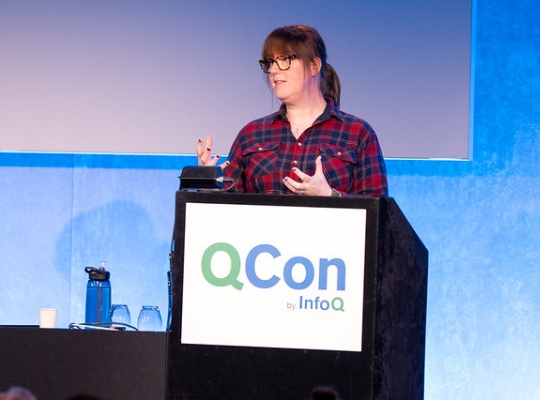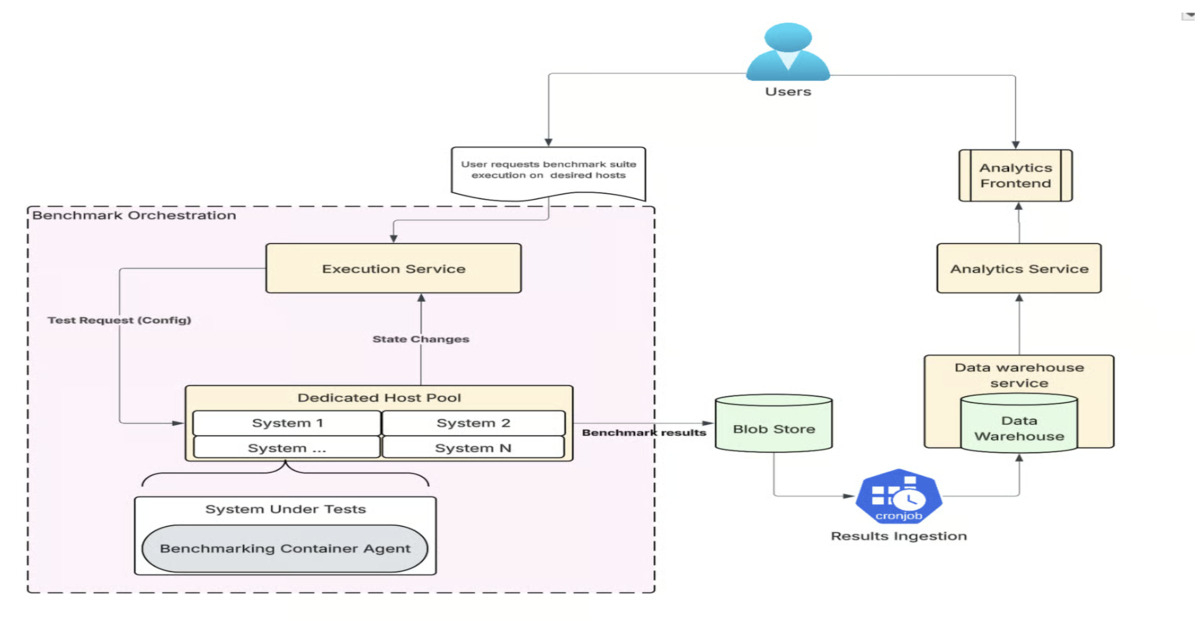Codetown
Codetown ::: a software developer's community
Thursday, June 25, 2015
-
Open Source Bridge
June 23, 2015 to June 26, 2015 – Portland Open Source Bridge is a software conference in Portland that equips you for the whole year with news and information to help you be the best developer you can be...and collaborate. Here's some info… Organized by Open Source Bridge | Type: conference
-
OrlandoJUG June
June 25, 2015 from 6pm to 9pm – Canvs This month we'll meet again at Canvs. We had a fantastic time last month. Ken Krueger gave a great presentation on Spring Boot. Several new folks showed up. What a super venue. I wrote up a littl… Organized by Michael Levin | Type: meeting
Notes
Welcome to Codetown!
 Codetown is a social network. It's got blogs, forums, groups, personal pages and more! You might think of Codetown as a funky camper van with lots of compartments for your stuff and a great multimedia system, too! Best of all, Codetown has room for all of your friends.
Codetown is a social network. It's got blogs, forums, groups, personal pages and more! You might think of Codetown as a funky camper van with lots of compartments for your stuff and a great multimedia system, too! Best of all, Codetown has room for all of your friends.
Created by Michael Levin Dec 18, 2008 at 6:56pm. Last updated by Michael Levin May 4, 2018.
Looking for Jobs or Staff?
Check out the Codetown Jobs group.
InfoQ Reading List
AWS Launches Network Firewall Proxy in Preview to Simplify Managed Egress Security

AWS has unveiled the preview of its Network Firewall proxy, a managed service that optimizes proxy management and enhances outbound security for VPCs. Integrated with NAT Gateway, this tool inspects traffic through a three-phase model and supports both TLS interception and centralized models via Transit Gateway. Currently available in East Ohio.
By Steef-Jan WiggersCloudflare Open Sources tokio‑quiche, Promising Easier QUIC and HTTP/3 in Rust

Cloudflare has open-sourced tokio-quiche, an asynchronous QUIC and HTTP/3 Rust library that wraps its battle-tested quiche implementation with the Tokio runtime to simplify the development of high-performance QUIC applications. The library was used internally to back the edge services, the Oxy HTTP proxies or MASQUE-based tunnels replacing the Wireguard-based tunnels in the WARP client.
By Olimpiu PopUber Adopts Amazon OpenSearch for Semantic Search to Better Capture User Intent

To improve search and recommendation user experiences, Uber migrated from Apache Lucene to Amazon OpenSearch to support large-scale vector search and better capture search intent. This transition introduced several infrastructure challenges, which Uber engineers addressed with targeted solutions.
By Sergio De SimonePresentation: Changing Power Dynamics: What Senior Engineers Can Learn From Junior Engineers

Beth Anderson discusses the "power distance index" and its critical role in communication. Using the Korean Air Flight 801 tragedy as a case study, she explains the dangers of hierarchy-driven silence. She shares actionable frameworks for building the 4 stages of psychological safety, implementing reverse mentoring, and using PRs as tools for knowledge sharing rather than gatekeeping.
By Beth AndersonBenchmarking Beyond the Application Layer: How Uber Evaluates Infrastructure Changes and Cloud Skus

Uber’s Ceilometer framework automates infrastructure performance benchmarking beyond applications. It standardizes testing across servers, workloads, and cloud SKUs, helping teams validate changes, identify regressions, and optimize resources. Future plans include AI integration, anomaly detection, and continuous validation.
By Leela Kumili
© 2025 Created by Michael Levin.
Powered by
![]()